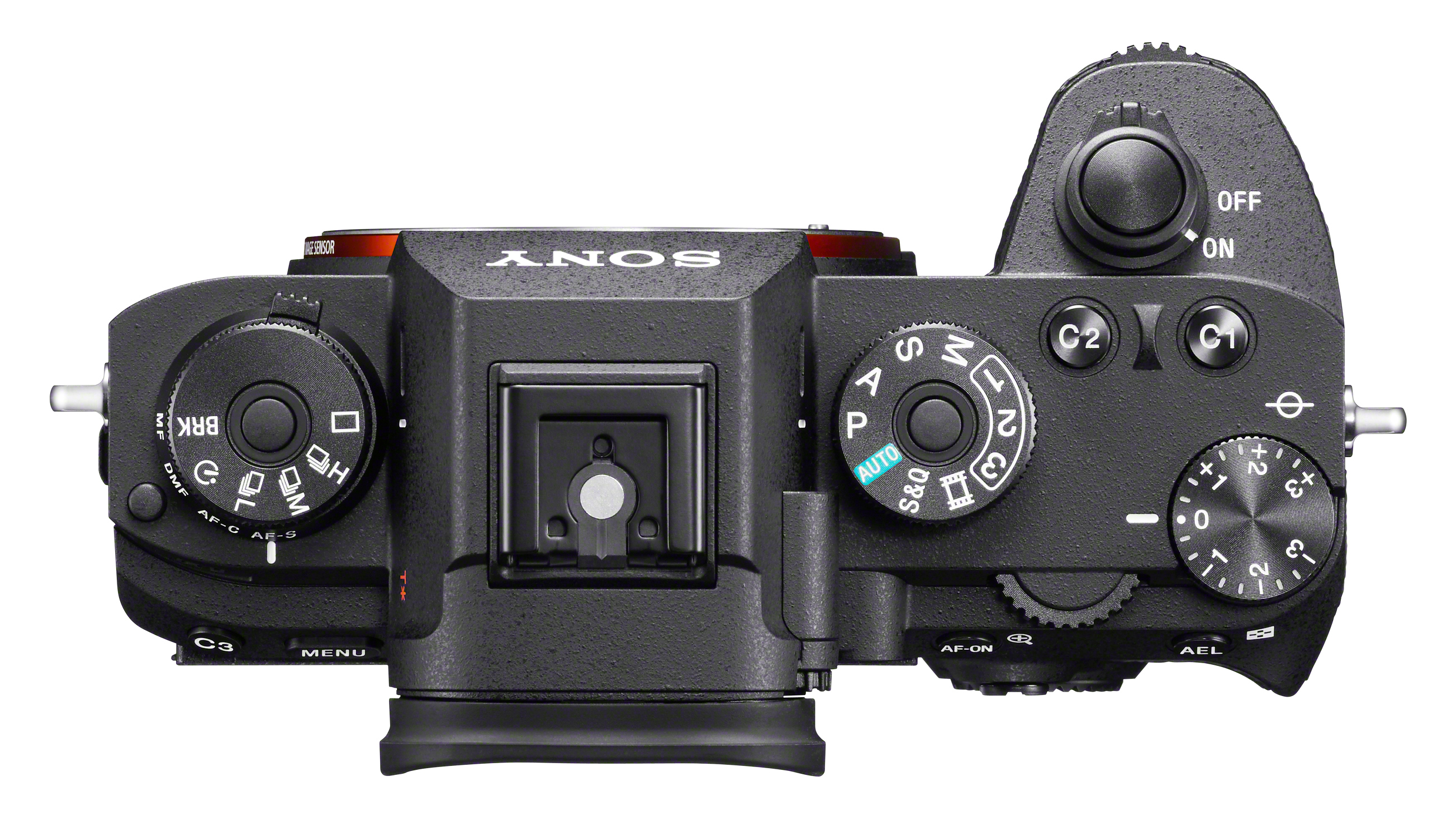Why you can trust Digital Camera World
The first surprise is that the A9 is no larger than the A7 – the only difference is a couple of extra millimetres in the thickness of the body. We’re used to pro DSLRs with the heft of a brick, so this is quite an achievement.
While Sony’s full-frame bodies are tiny, its lenses are not. Using the new 70-200mm f/2.8 G brings this home – with a small camera attached to the back of this monster lens, the balance feels a little bit wrong.
Sony fans, not surprisingly, don’t find this a problem, but for those migrating from a high-spec DSLR, it could prove off-putting. There is a solution, however – the Sony VG-C3EM battery grip. It increases the height of the camera, offers a duplicate set of vertical shooting controls and holds two NP-FZ100 batteries.
The size of the body means there’s not an awful lot of space for the controls; Sony has done well to squeeze them on without making the camera feel cramped. The drive mode and AF mode dials are stacked on the left side of the top plate; each has a locking button. Over on the right is the main mode dial, the exposure compensation dial and C1 and C2 custom buttons.

In addition to these, there are C3 and C4 buttons on the back of the camera, with 72 different functions you can assign to each. You can create your own custom My Menu, and save seven sets of registered settings – three to the camera, four to a memory card. It’s a lot to take in, but it does provide an opportunity to get the A9 working exactly how you’re used to if you’re migrating from another brand.
The autofocus system is complex too, but comprehensible enough. Wide mode finds a subject automatically within the whole scene, Zone mode narrows this down a bit, while Center mode uses the central AF point. There’s also a Flexible Spot you can position over small subjects and an Expand Flexible Spot option if the camera’s struggling to focus.
In Continuous AF mode, the camera continues to focus on your selected subject, and you choose the focus area depending on how predictable or erratic the subject movement is. It’s also possible to ‘register’ specific focus points and assign them to a function button.
The best camera deals, reviews, product advice, and unmissable photography news, direct to your inbox!
For all its complexity, the A9’s AF system is not that difficult to get to grips with. The real revelation comes the first time you use it in the 20fps continuous shooting mode with no viewfinder blackout. That’s when the A9’s potential becomes obvious.

The A9 makes a discreet electronic ‘shutter’ sound by default to give photographers confirmation that the camera is actually doing something, and it also helps you time your burst shooting more effectively. To switch to fully silent operation when you need it, you simply disable the audio feedback in the menus.
But what about the A9’s ‘quad-VGA’ viewfinder? Does its 120fps refresh rate and 3,686k-dot resolution truly replicate the look of an optical ’finder? Not quite. There’s no real lag in regular shooting, and the lack of screen blackout in high-speed continuous shooting is a tremendous step forward over regular cameras, but you can sometimes see pixellated ‘staircasing’ in diagonal lines and while an EVF shows you the scene as the camera will capture it, that’s not always helpful.
In high-contrast lighting, you may have to twiddle the exposure settings to see what detail exists in the shadows and highlights, whereas with an optical viewfinder you can do this instantly with your naked eye.
The sister print publication to this website, Digital Camera Magazine is Britain's best-selling photography publication – and it can also be purchased outside the United Kingdom as Digital Camera World.
Digital Camera Magazine is packed with more expert advice and more inspirational images than any other title, with the sole aim of helping you become a better photographer. Every issue we also bring you a selection of great gifts which are designed to help you get more from your photography – everything from tips cards and cheat sheets to free software and bookazines.
In addition to inspirational images, interviews, projects, mini tests and tutorials, each issue is packed with news, reviews and comparisons, as well as photographer vs photographer shootouts and head-to-head challenges using the best photo editing software.
The magazine is captained by Editor Niall Hampton.


